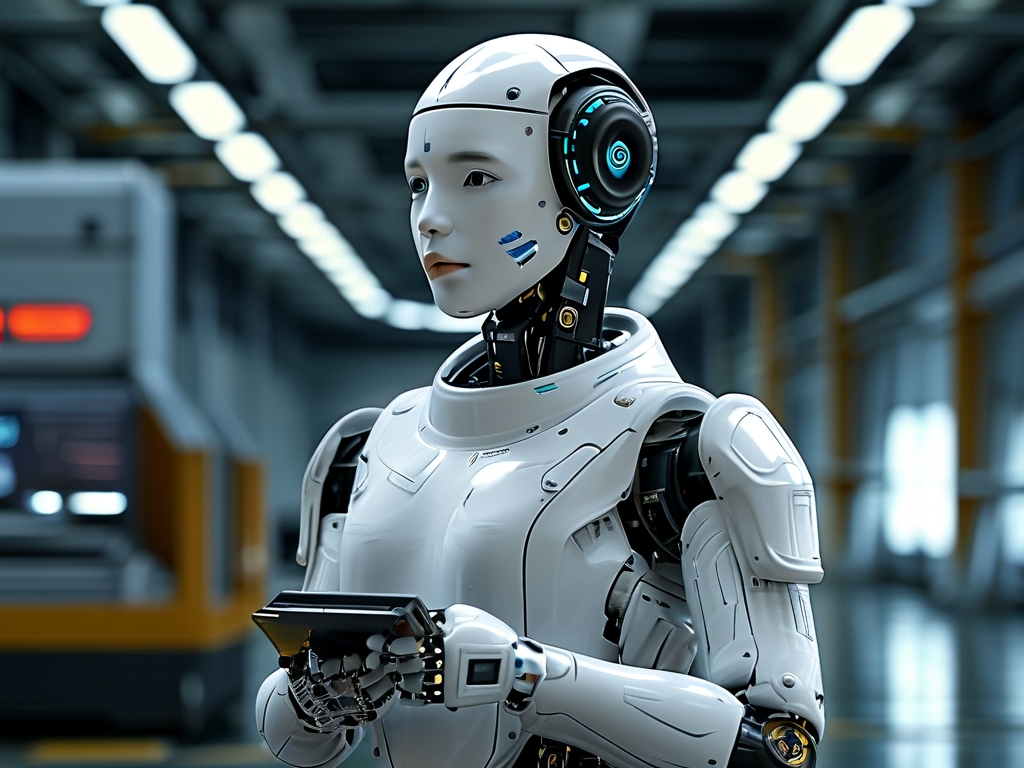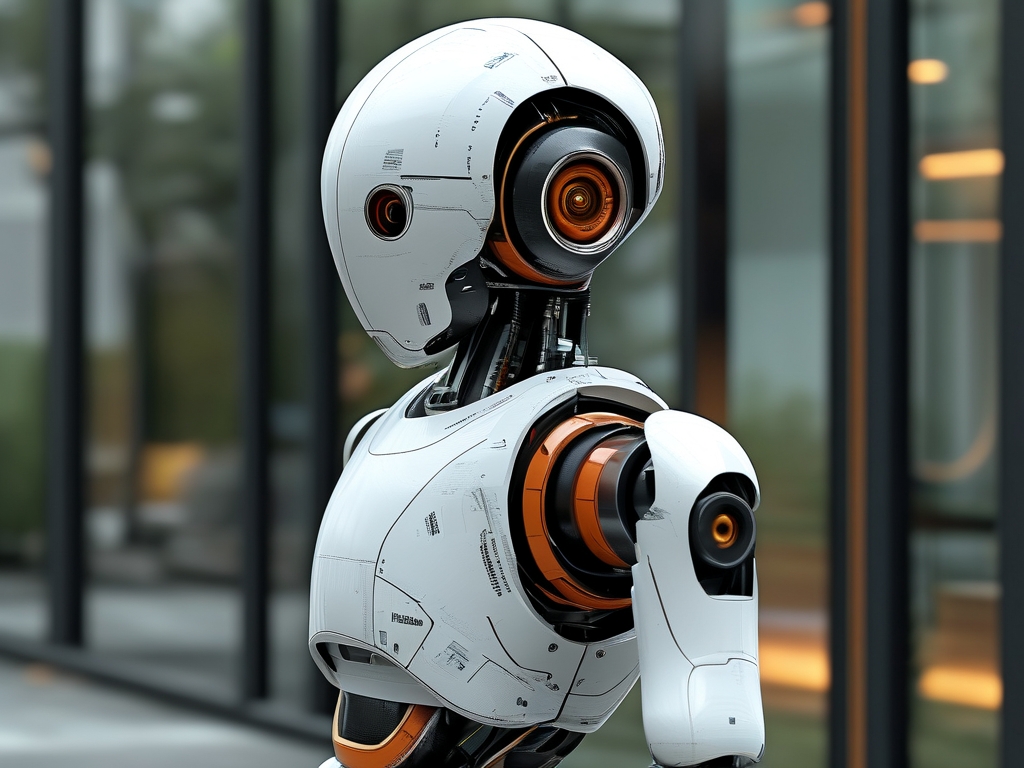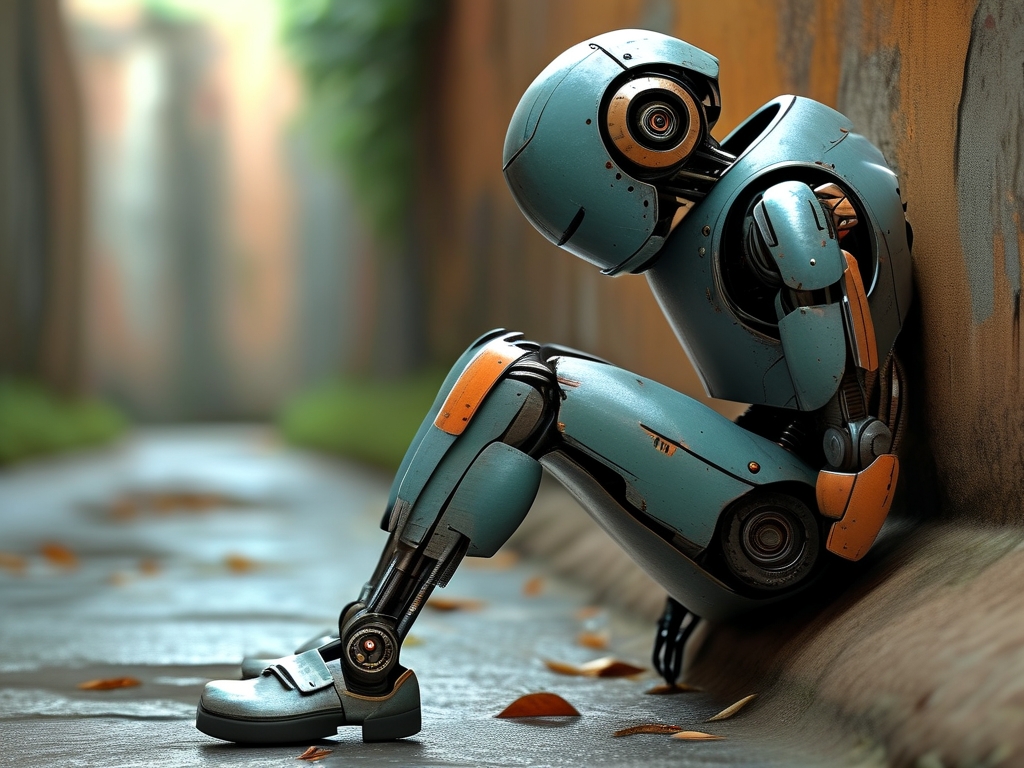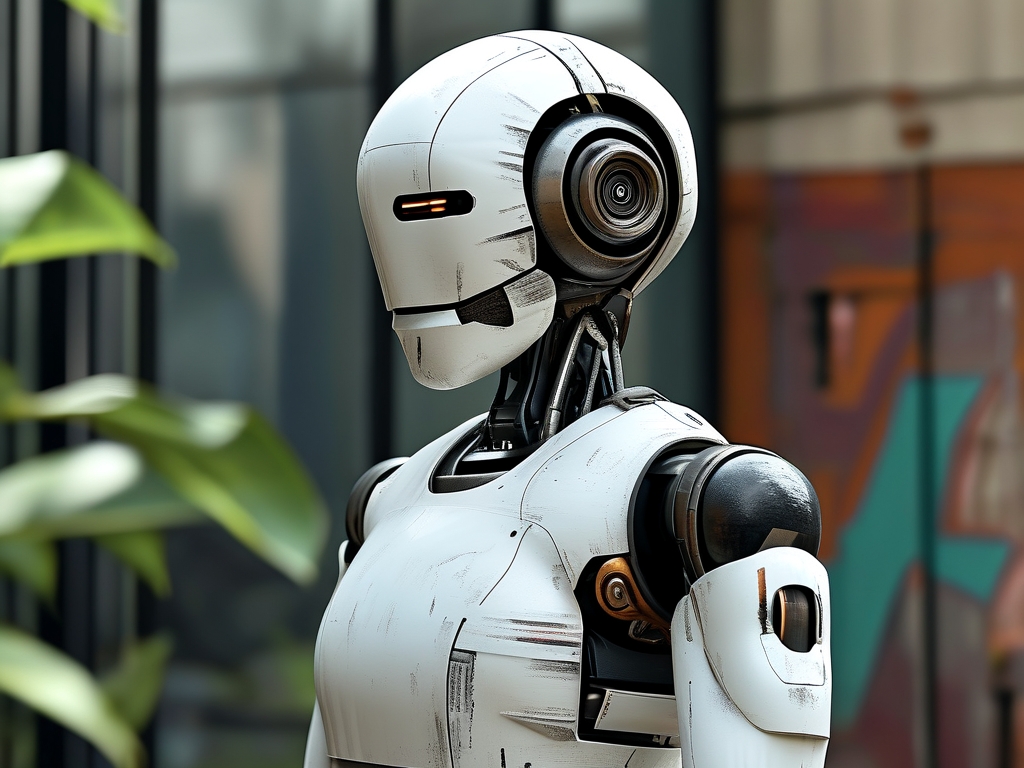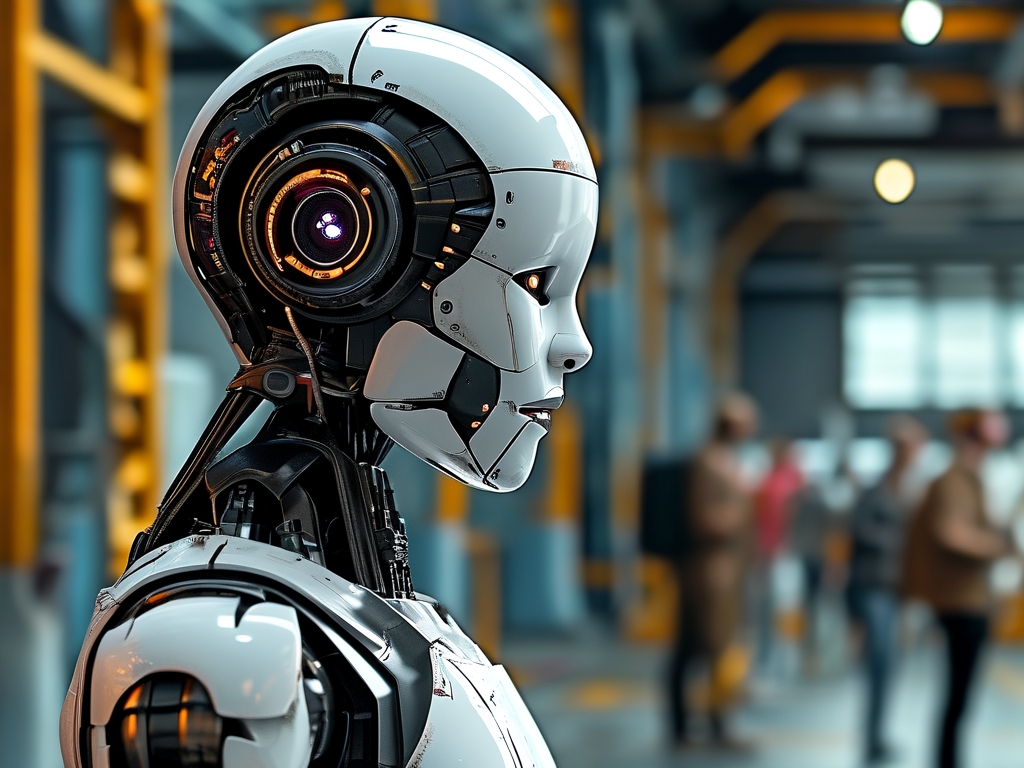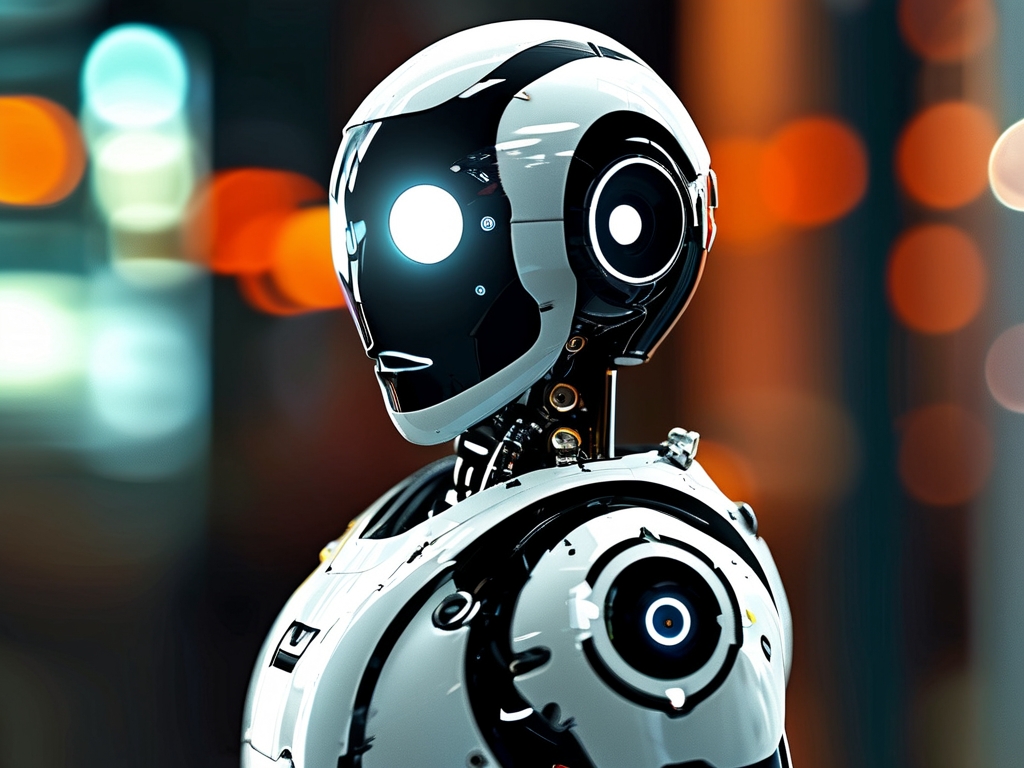Humanoid robots, designed to mimic human movements and interactions, are increasingly deployed in outdoor settings for tasks like disaster response, agricultural monitoring, and urban exploration. However, their effectiveness hinges on precise positioning technology, which faces unique hurdles in unpredictable environments. Unlike indoor setups with controlled conditions, outdoor locales introduce variables like weather shifts, terrain irregularities, and signal interference, demanding robust solutions for accurate location tracking. This article delves into the core technologies enabling outdoor positioning for humanoid robots, highlighting innovations and challenges while exploring real-world applications.

One foundational approach is Global Positioning System (GPS), widely used for broad-area localization. GPS leverages satellite signals to triangulate a robot's position, offering meter-level accuracy in open spaces. Yet, its reliability wanes in urban canyons or dense forests due to signal blockage and multipath errors, where reflections distort data. To counter this, engineers integrate GPS with complementary systems like Inertial Measurement Units (IMUs). IMUs employ accelerometers and gyroscopes to track motion and orientation, filling gaps during GPS outages. For instance, a humanoid robot navigating a collapsed building in a rescue mission might rely on IMU data when GPS signals falter, ensuring continuous path tracking through sensor fusion algorithms. This blend not only enhances precision but also reduces drift errors, making it indispensable for dynamic outdoor operations.
Beyond GPS and IMUs, visual Simultaneous Localization and Mapping (SLAM) has emerged as a game-changer. SLAM algorithms enable robots to build real-time maps of their surroundings using cameras or LiDAR sensors, while simultaneously determining their position within that map. In outdoor contexts, this allows humanoid robots to adapt to unstructured terrains, such as rocky trails or construction sites. For example, a robot equipped with stereo cameras can capture environmental features, process them via machine learning models to identify landmarks, and update its location autonomously. Recent advancements incorporate deep learning to handle occlusions from foliage or fog, improving robustness. However, SLAM demands significant computational power, posing challenges for battery-operated humanoids in extended missions. Optimizations like edge computing, where data processing occurs locally on the robot, help mitigate this by slashing latency and energy consumption.
LiDAR (Light Detection and Ranging) technology further refines outdoor positioning by emitting laser pulses to create high-resolution 3D maps. This excels in low-light or cluttered areas, providing centimeter-level accuracy ideal for precision tasks. Consider a humanoid robot in agricultural fields: LiDAR scans can detect crop rows and obstacles, enabling precise navigation without GPS dependency. Yet, LiDAR systems are bulky and costly, limiting their use in compact humanoid designs. Innovations in solid-state LiDAR are addressing this, offering smaller, more affordable units that enhance accessibility. Sensor fusion remains key here, combining LiDAR with visual data for comprehensive environmental awareness. A practical code snippet for such integration might involve ROS (Robot Operating System) nodes, like using Python to merge sensor inputs:
import rospy
from sensor_msgs.msg import PointCloud2, Image
def fusion_callback(lidar_data, image_data):
# Process LiDAR and image data for combined positioning
fused_map = integrate_sensors(lidar_data, image_data)
rospy.loginfo("Position updated: %s", fused_map.position)
rospy.init_node('sensor_fusion')
rospy.Subscriber('/lidar', PointCloud2, fusion_callback, image_data)
rospy.spin()This exemplifies how real-time data harmonization boosts reliability in varying outdoor scenarios.
Challenges persist, including environmental factors like rain or dust degrading sensor performance, and the need for energy-efficient systems to prolong operational life. Humanoid robots must also handle dynamic obstacles, such as moving vehicles or people, requiring adaptive algorithms that predict and evade hazards. Future directions point toward AI-driven predictive models and 5G connectivity, enabling faster data transmission and cloud-based analytics for smarter navigation. In disaster zones, for instance, robots could share positional data via networks to coordinate team efforts, enhancing safety and efficiency.
In , outdoor positioning for humanoid robots is advancing rapidly through multi-sensor integration and AI enhancements, unlocking new frontiers in autonomy. While hurdles like cost and environmental resilience remain, ongoing research promises more resilient, affordable solutions. As these technologies mature, humanoid robots will play pivotal roles in outdoor applications, from environmental conservation to public safety, transforming how we interact with the world.


